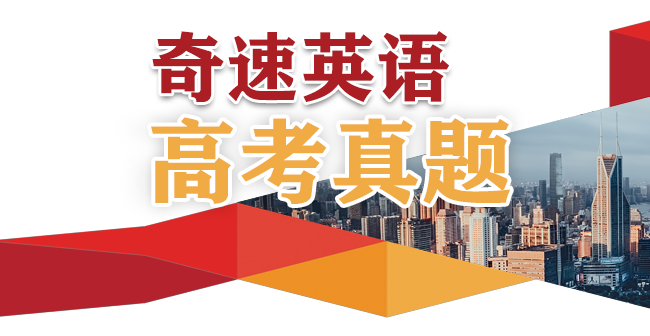
When John Todd was a child, he loved to explore the woods around his house, observing how nature solved problems. A dirty stream, for example, often became clear after flowing through plants and along rocks where tiny creatures lived. When he got older, John started to wonder if this process could be used to clean up the messes people were making.
After studying agriculture, medicine, and fisheries in college, John went back to observing nature and asking questions. Why can certain plants trap harmful bacteria (细菌)? Which kinds of fish can eat cancer-causing chemicals? With the right combination of animals and plants, he figured, maybe he could clean up waste the way nature did. He decided to build what he would later call an eco-machine.
The task John set for himself was to remove harmful substances from some sludge (污泥). First, he constructed a series of clear fiberglass tanks connected to each other. Then he went around to local ponds and streams and brought back some plants and animals. He placed them in the tanks and waited. Little by little, these different kinds of life got used to one another and formed their own ecosystem. After a few weeks, John added the sludge.
He was amazed at the results. The plants and animals in the eco-machine took the sludge as food and began to eat it! Within weeks, it had all been digested, and all that was left was pure water.
Over the years, John has taken on many big jobs. He developed a greenhouse-like facility that treated sewage (污水) from 1,600 homes in South Burlington. He also designed an eco-machine to clean canal water in Fuzhou, a city in southeast China.
“Ecological design” is the name John gives to what he does. “Life on Earth is kind of a box of spare parts for the inventor,” he says. “You put organisms in new relationships and observe what’s happening. Then you let these new systems develop their own ways to self-repair.”
1.What can we learn about John from the first two paragraphs?
A He was fond of traveling.
B He enjoyed being alone.
C He had an inquiring mind.
D He longed to be a doctor.
解析:选C。C 推理判断题。根据前两段可知,John Todd小时候喜欢探索森林,观察自然界是如何解决问题的。长大之后,在大学学习了相关专业知识,他开始思考这种自然现象是否可以用来解决人类制造的污染问题,说明他有探究事物的好奇心,善于思考。故选C。
2.Why did John put the sludge into the tanks?
A To feed the animals.
B To build an ecosystem.
C To protect the plants
D To test the eco-machine.
解析:选D。D 推理判断题。根据第三段最后一句“After a few weeks, John added the sludge.”以及第四段可知,生态机器里的动植物把污泥当成了食物,开始吃了起来!几周之内,污泥就被消化了,只剩下纯净水,由此推断John把污泥放进罐子里是为了测试生态机器。故选D。
3.What is the author’s purpose in mentioning Fuzhou?
A To review John’s research plans.
B To show an application of John’s idea.
C To compare John’s different jobs.
D To erase doubts about John’s invention.
解析:选B。B 推理判断题。根据第五段最后一句“He also designed an eco-machine to clean canal water in Fuzhou, a city in southeast China.”可知,Fuzhou 被提及是因为John曾经在那里设计了一个生态机器来清理运河水,这是John所设计的生态机器的一个应用案例。故选B。
4.What is the basis for John’s work?
A Nature can repair itself.
B Organisms need water to survive.
C Life on Earth is diverse.
D Most tiny creatures live in groups.
解析:选A。A 细节理解题。根据最后一段最后两句“You put organisms in new relationships and observe what’s happening. Then you let these new systems develop their own ways to self-repair.”可知,John的研究依据是观察自然界生态系统,他认为生态系统具有自我修复的能力。故选A。